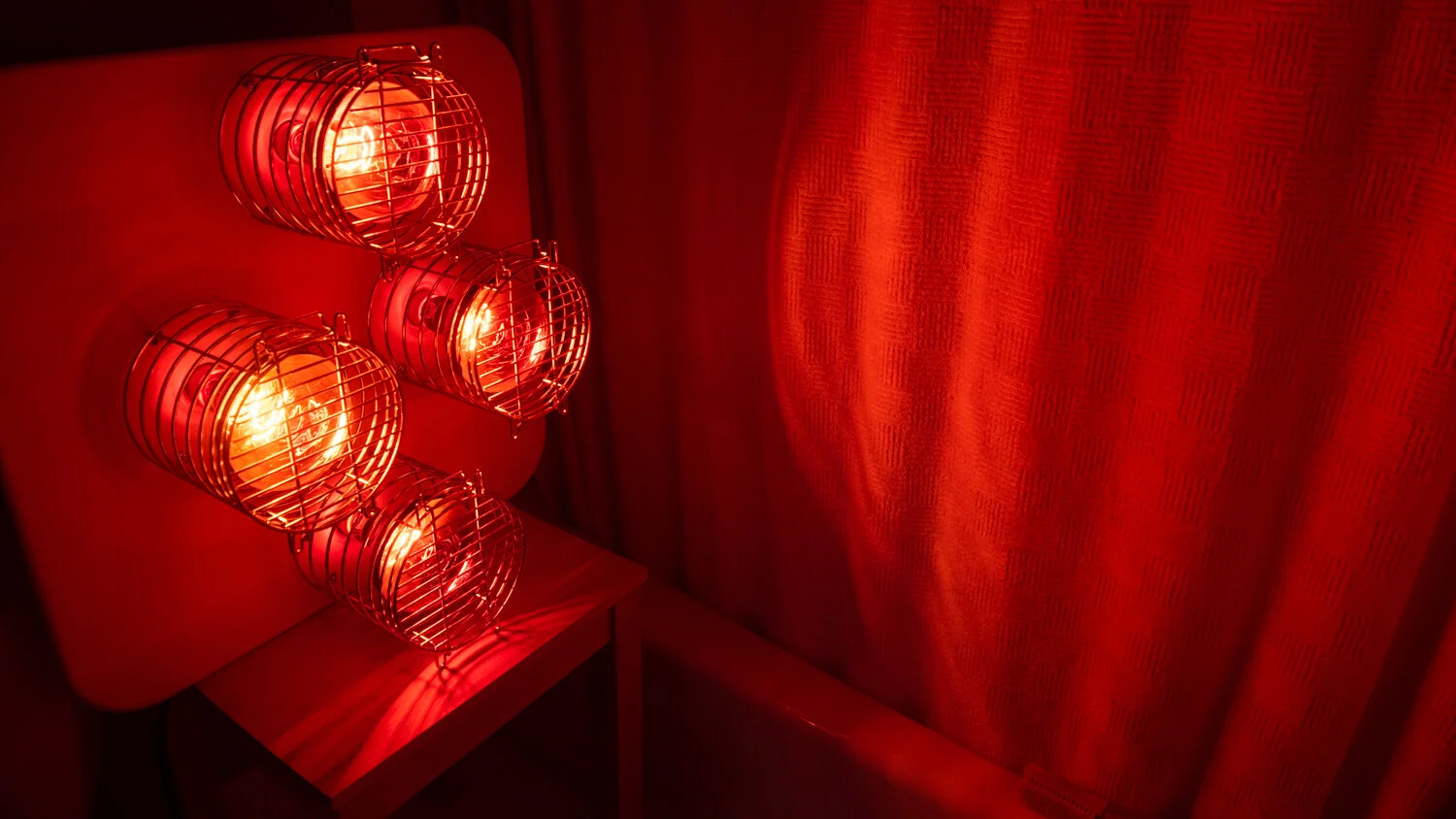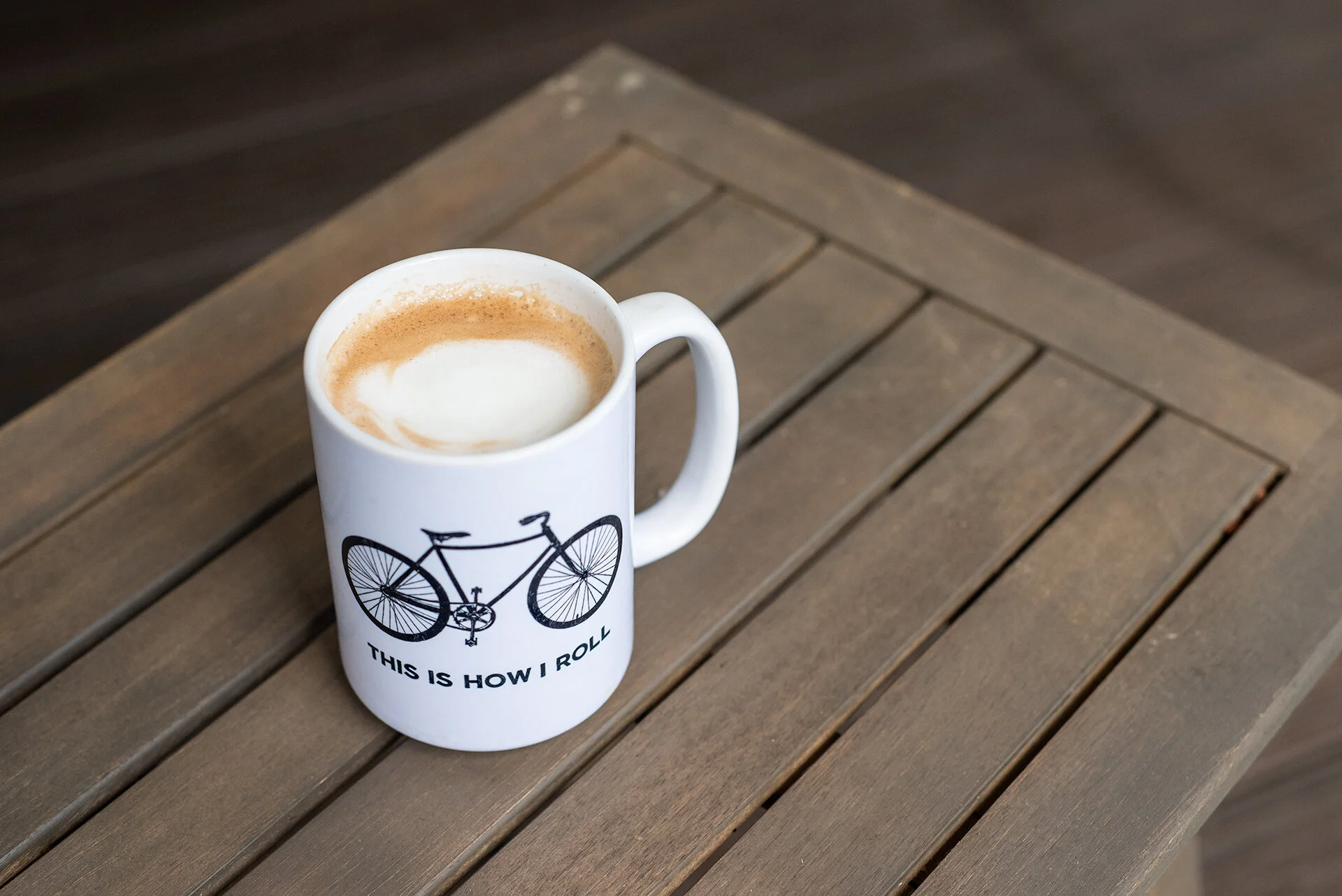Review: Warby Parker Glasses
Disclaimer: This post may contain affiliate links, through which we earn a commission.
Biology was an incredibly easy subject for me as a freshman in high school. I got an A+ in the class, and my teacher recommended I take Honors Chemistry. That was a mistake. I was completely clueless the entire year, trying to keep up with periodic tables and formulas. My lack of understanding frustrated my teacher. I even had a tutor, to no avail. The subject was totally lost on me and resulted in a C, my worst grade throughout all my years in school. Midway through the year, I realized that in addition to my blurred understanding, the lessons on the projector were also blurry. My mom took me to an eye doctor and sure enough, I needed glasses. It was a mild prescription, but necessary for the classroom, and the roads, as I worked toward my driver’s permit. A year later, I switched to contact lenses.
It took some getting used to, but soon enough, I enjoyed contacts tremendously. As a photographer, the rim of the glasses obstructs my line of sight. For 16 years, I happily wore monthly disposable soft contacts, day in and day out. The only drawbacks were the high prices of the contact eye exams, as well as the contacts themselves, and the continuous need for contact solution. I‘d generally purchase a 12-month supply of lenses at my check up and then stock up on another 12-month supply just before the prescription expired. At its worst, my vision reached - 1.5 in each eye, and the formation of an astigmatism in my left eye. I brushed aside any concern for the wear and tear contacts might have on my eyes, for general looks and comfort.
Fast forward to early 2017. Wiehan and I woke up to sun shining upon a light dusting of snow. I looked out our bedroom window on a view of an elementary school off in the distance. The school buses were sharply in focus. Worried that I’d accidentally left my contacts in overnight, I rushed to the bathroom, but saw that my contact lenses were sitting in their case. Confused, I went back to the window and peered at the busses again. Practically perfect vision. Gradually after that, over a period of weeks and months, I stopped wearing my contacts, relying on my glasses when I needed to read something in the distance. On cloudy days, my eyesight didn’t seem as strong. But the contrast of sunny days really added clarity. I also noticed that quality of diet and sleep, as well as my exercise routine and screen time all seem to have different affects on the strength of my vision. In mid-2017, I visited the eye doctor. Sure enough, he was amazed that my eyesight had actually improved, and the astigmatism was gone. I told him I hadn’t been wearing my contacts much anymore. He said, well, it’s no wonder - you don’t really need them! At the time of writing this post, my prescription was -1.00 in my right eye and -0.75 in my left.
The optometrist asked me if I’d decreased my screen time. I said no, if anything, I’ve increased it by becoming a full-time freelance photographer. I’m on the computer all the time. I asked him if he knew of any reason that eyesight could improve - maybe diet or visits to the chiropractor. He said screen time was the only factor he knew of, from the viewpoint of scientific studies. So why did my eye sight improve? While I have no scientific proof, I truly believe from my personal standpoint that it’s all credited to removing inflammatory foods like gluten and nightshades from my diet, along with adding in good fats from grass-fed meat. The Autoimmune Protocol diet has improved many other aspects of my health - why not my eyesight too?
Well, even though I’ve seen this tremendous improvement in my eye sight, it’s still not 20/20. I don't wear contacts at all anymore, especially after finding out that contact solution has historically contained mercury. I don’t wear glasses at home, but I still need corrective-wear for driving. While at the optometrist’s office for my most recent check up, I tried on a number of glasses, but waited to make any purchases. I recalled listening to an episode of How I Built This, featuring Dave Gilboa and Neil Blumenthal, founders of Warby Parker. I love the company's initiative of Buy A Pair, Give A Pair: for every pair of glasses purchased, a pair is given to someone in need. The frames are also very affordable, starting at $95. I’m fortunate to live near a retailer, at Tysons Corner Mall. I visited the store and tried on pair after pair, landing on the Wilkie in Matte Black Eclipse. I was incredibly slow in making this final decision, and only made the purchase in December of 2017, still relying on my old pair of glasses all the while. But 7 months later, I’m totally happy with the Wilkie frames! And I’ve finally ordered a pair of sunglasses from Warby Parker as well - the Laurel Tea Rose Fade.
For those who also want to give Warby Parker a try, but don’t live near a retailer, the company has an incredibly convenient home try-on system. Take their quiz to get suggestions for the frame shapes that will best suit your face, and then order up to 5 different pairs to try on in the comfort of your own home! The company is also working to make prescriptions more easily accessible, with a prescription check app, an in-store prescription check, or even a comprehensive eye exam and select locations around the country. This company is definitely revolutionizing the optometry industry. But hey, if we all switch back to an ancestral diet and cut down our screen time, maybe we won’t need optometrists anyway!
In terms of fair trade and sustainable practices, Warby Parker partners with Verité, a non-profit organization that helps businesses ensure safe and fair working conditions for everyone involved in the manufacturing process. The glasses are made from cellulose acetate, a material sourced from plant cellulose. And the production occurs in factories in China, regularly frequented by the company founders, as well as staff, to make sure that the quality of the process and the working conditions are maintained. A video showing the high-quality process is available here. From my personal opinion as a consumer, based on my limited knowledge of eyeglass production, it seems that Warby Parker is making concerted efforts to be as socially and environmentally responsible as possible in their business practices, while offering an incredibly convenient and affordable shopping experience.
For additional eye support from a different eyewear company, I have been using blue light blocking computer glasses whenever possible while working at the computer or scrolling through my phone. Unfortunately I can't wear the glasses while working on photo or video editing projects, because the lenses add a warm tint that distorts my ability to decipher proper photo color balancing. But for all other screen tasks, they really help reduce eye strain. Warby Parker also now offers blue-light filtering lenses.
- Christin
Have you tried Warby Parker glasses? Have dietary or lifestyle changes improved your vision? Have you tried glasses to reduce computer glare? Let us know in the comments!
Update - 03/02/21 - I haven’t been back to an optometrist since the time mentioned in this post. When renewing my driver’s license in 2018, I passed the vision test without wearing glasses. I hardly ever wear glasses anymore - only occasionally when driving at night or photographing an event. I also hardly ever wear sunglasses anymore, having learned that the sunshine is healthy for eyesight. But on the rare occasion when I do reach for glasses, they are my trusted lenses from Warby Parker.















